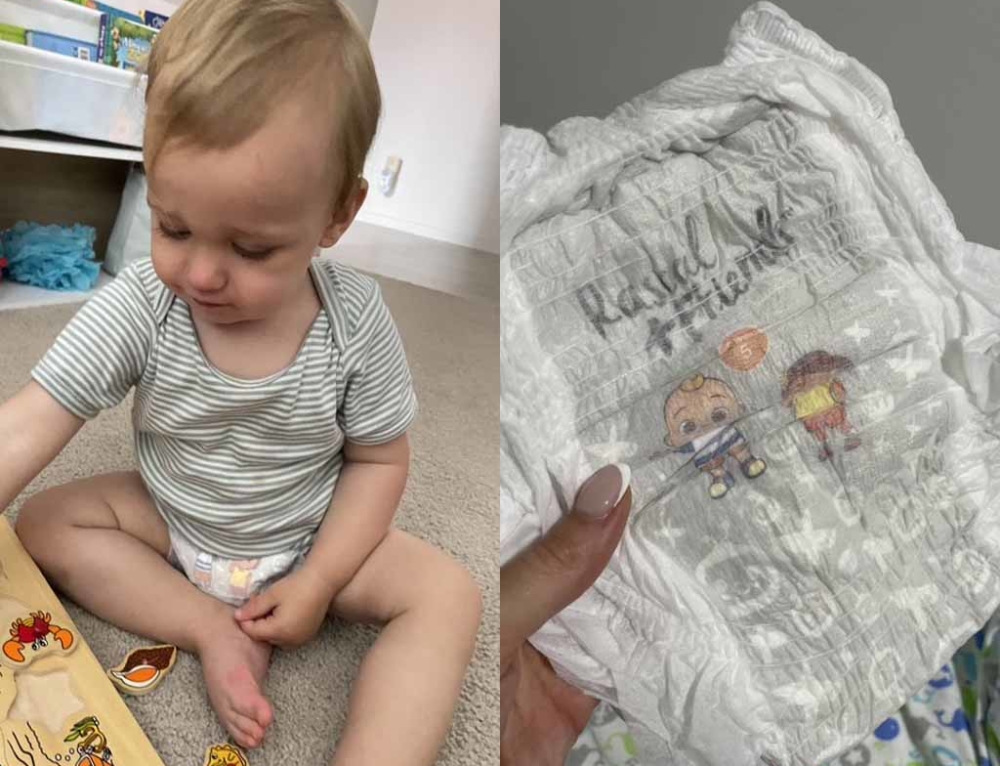If your baby shows two or more of the following signs, then you have enough milk to feed him:
- He has at least 6 to 8 very wet cloth nappies in 24 hours. Your newborn will usually do 2 or more soft poos a day for the first several weeks. An older baby will usually do less than this. If your baby’s urine is dark and strong, and his poo is well formed, it may mean that his body needs more fluids.
- His skin colour and muscle tone are both good.
- Your baby is contented for part of every day – if he was hungry all the time you would have difficulty settling him and he would be grizzly and lethargic.
- Regular gains in weight, height and head circumference.
How can I keep up my milk supply?
More frequent feeding will make more milk. To build your supply, try the following:
- The best way to up your milk supply is to breastfeed more often. Check that your attachment and positioning is correct and then try to breastfeed every couple of hours for a few days to boost your supply.
- Try to let your baby decide when he’s had enough. Some babies take a long time to completely finish one breast – but your body will immediately start producing milk to replenish your supply.
- You may find changing sides several times while breastfeeding encourages a strong let-down, which stimulates milk production.
- Offer your baby a snack between meals.
- Offer the breast for comfort.
- Massage your breasts while you breastfeed to ensure that all your milk ducts are sending milk to the nipple.
- To maintain a good supply of breast milk, you need to consistently feed at least 6 times in 24 hours.
- While newborns often feed between 8 and 12 times in 24 hours, this number decreases quickly as he grows.
- Rest up. It’s easy for your milk supply to dwindle when you’re overtired and not taking enough care of yourself. Take a day out of your busy schedule to drink plenty of water and to make milk.
Find more
- What to eat when you are breastfeeding
- How to care for your breasts
- Find out which herbal medicines are safe when you are breastfeeding
- Learn more about lactation aids
- Find out how to express breast milk
REMEMBER!
You will find in the early months that your baby will have days when more breastfeeds are needed. When your baby has a growth spurt you may feel as though you are feeding more or less constantly. This is as it should be-by feeding more, your body is adjusting to producing more milk to meet your baby’s growing needs. After a couple of days, things will settle down again.
This article was written by Ella Walsh for Kidspot.







Leave A Comment
You must be logged in to post a comment.